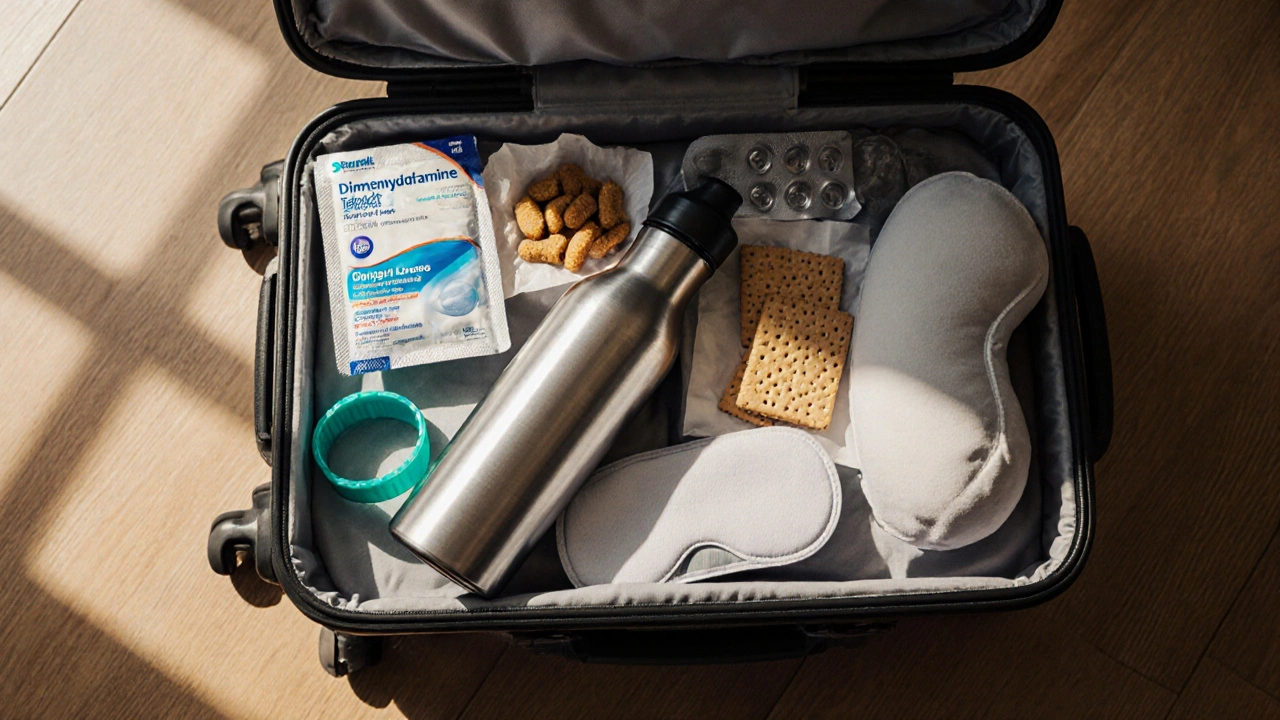Motion Sickness – Why It Happens and How to Stop It Quickly
Ever feel queasy on a winding road or a choppy boat ride? That’s motion sickness, a common upset that mixes head‑spinning thoughts with a stomach that wants to protest. The good news? You can spot it early and take simple steps to calm it before it ruins your trip.
What Triggers Motion Sickness?
The culprit is a mix‑up between your inner ear, eyes, and brain. Your ears sense movement, your eyes see something else, and the brain gets confused. When the mismatch is big—like reading a phone while a car bounces—nausea, cold sweats, and dizziness show up. Common triggers include:
- Cars with lots of turns or hill climbs
- Ships rocking in waves
- Planes during turbulence
- Virtual reality headsets or video games
Heavy meals, strong smells, and lack of fresh air can make the feeling worse.
Fast Ways to Feel Better
First, change your position. Sit in the front seat of a car, look straight ahead, or stare at the horizon on a boat. Fresh air helps, so open a window or step outside if it’s safe. Light snacks like crackers keep your stomach settled, while heavy or greasy foods can amplify nausea.
Natural remedies work for many people. A few slices of ginger, ginger tea, or ginger chews can calm the stomach. Peppermint candies or a few drops of peppermint oil on a cotton ball also give quick relief.
If you need medication, over‑the‑counter options such as meclizine (Bonine) or dimenhydrinate (Dramamine) are proven to block the brain’s nausea signals. Take them about an hour before you travel for best results, and follow the dosing instructions on the package.
Acupressure wristbands that press on the P6 point (inner forearm, three finger‑widths below the wrist) can reduce nausea for some users. They’re cheap, drug‑free, and easy to wear during a trip.
When you feel the first hint of dizziness, close your eyes for a few seconds, take slow deep breaths, and focus on steady, even breathing. This tricks the brain into thinking the motion has stopped.
If motion sickness keeps hitting you despite these tricks, talk to a doctor. Prescription meds like scopolamine patches or stronger antihistamines may be necessary for long journeys or severe cases.
Planning ahead can save a lot of stress. Schedule a dose of an OTC anti‑nausea pill before a long drive, avoid alcohol and heavy meals, and keep the vehicle well‑ventilated. For sea travel, choose a cabin in the middle of the ship where the motion is less noticeable.
Finally, remember that motion sickness is just a temporary mismatch. With the right tricks—seat choice, fresh air, light snacks, ginger, or a quick pill—you can keep the nausea at bay and enjoy the ride. Safe travels!
-

Trip Prep Guide for Motion Sickness Sufferers
Learn practical steps to prepare for travel if you suffer from motion sickness, including meds, seat choices, packing tips, and on‑the‑go relief tactics.
-

Meclizine: Uses, Side Effects & Tips for Managing Motion Sickness
Explore how meclizine helps with motion sickness and vertigo, its side effects, and practical tips for safer use—straightforward and easy to grasp.